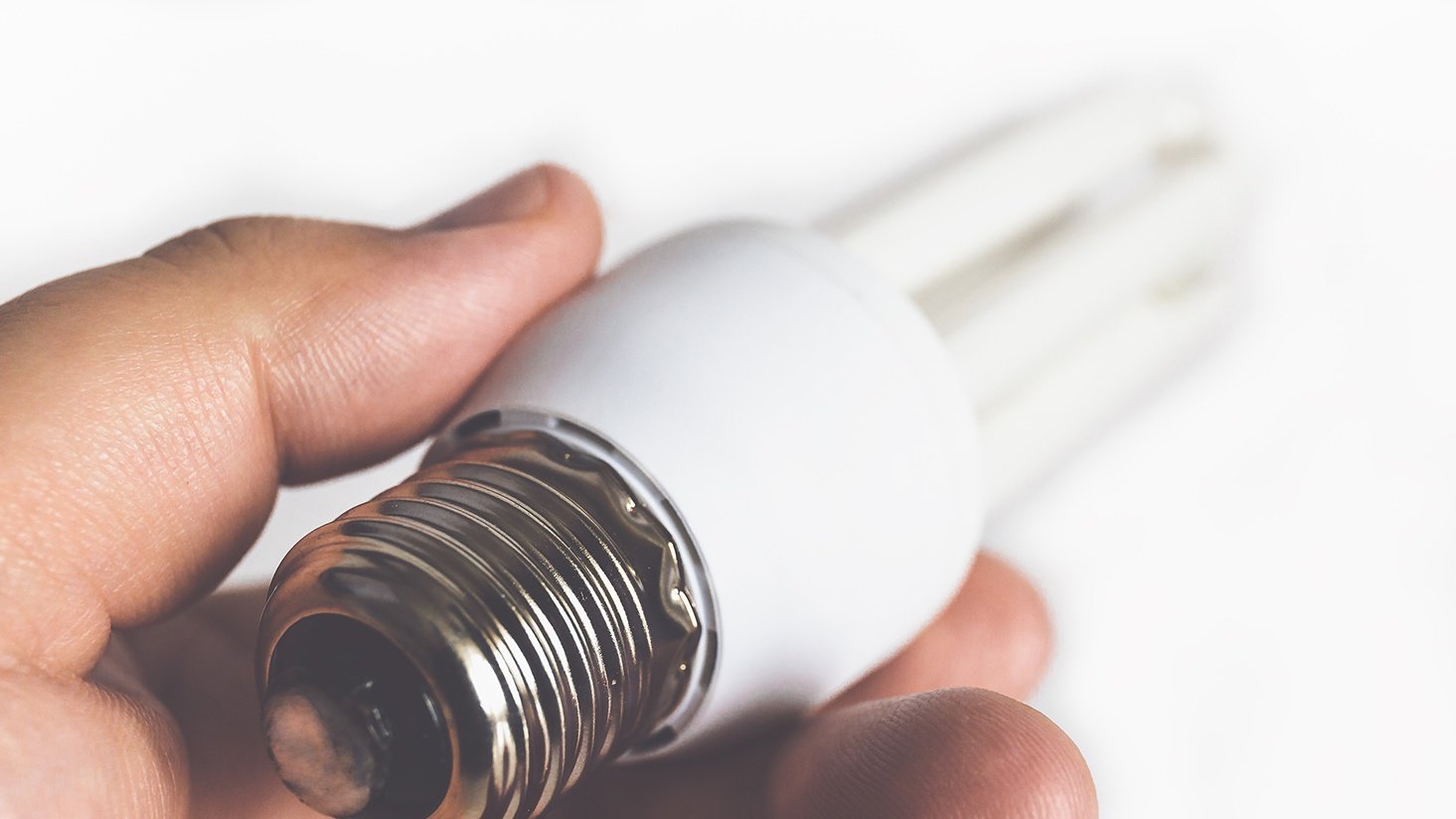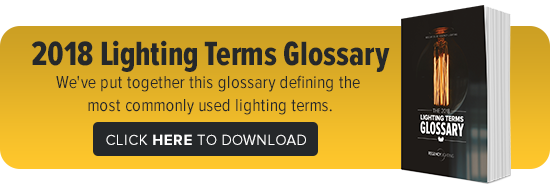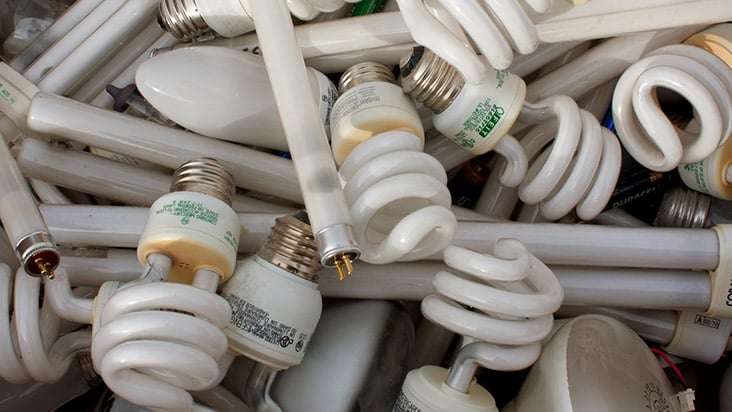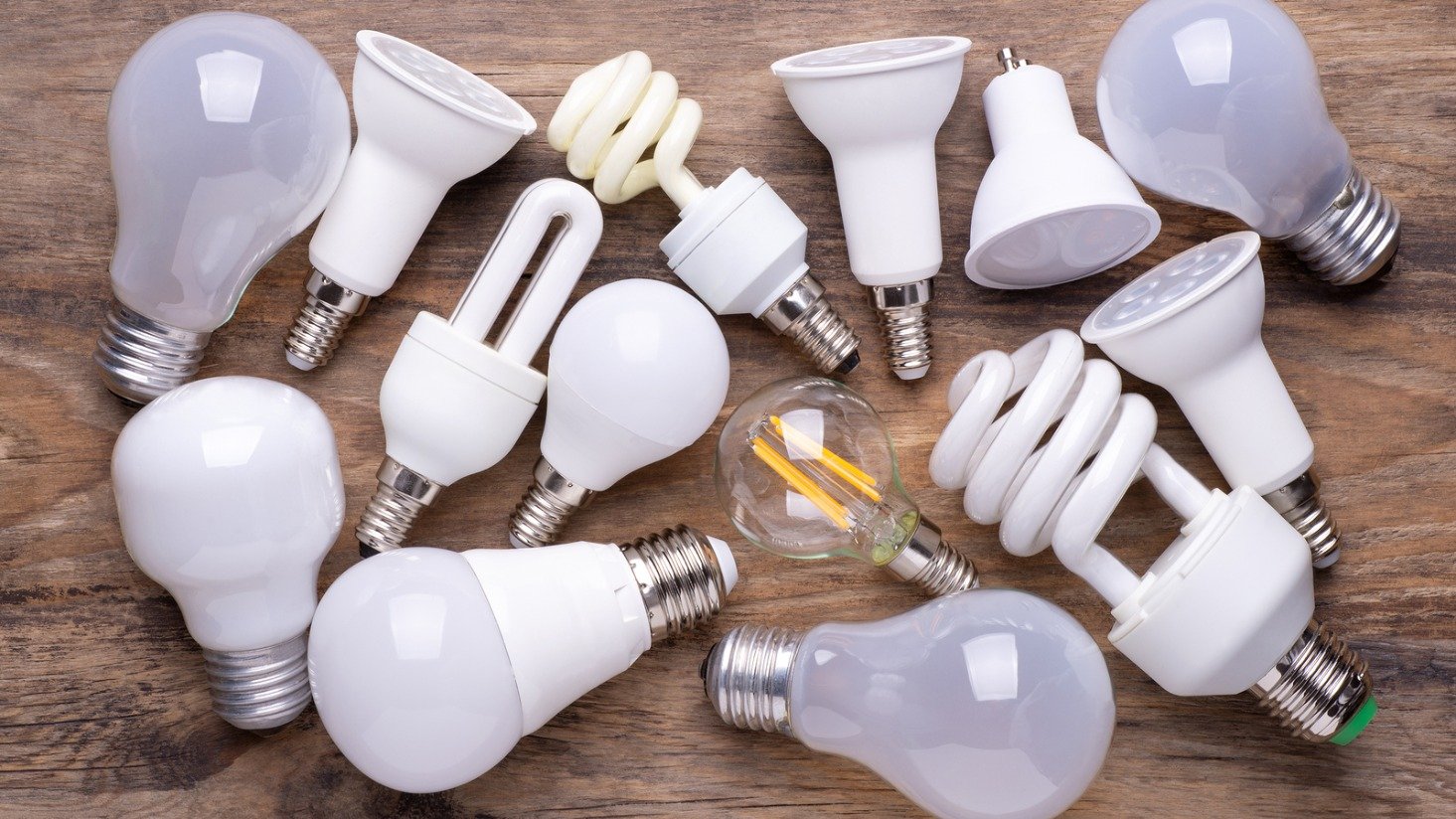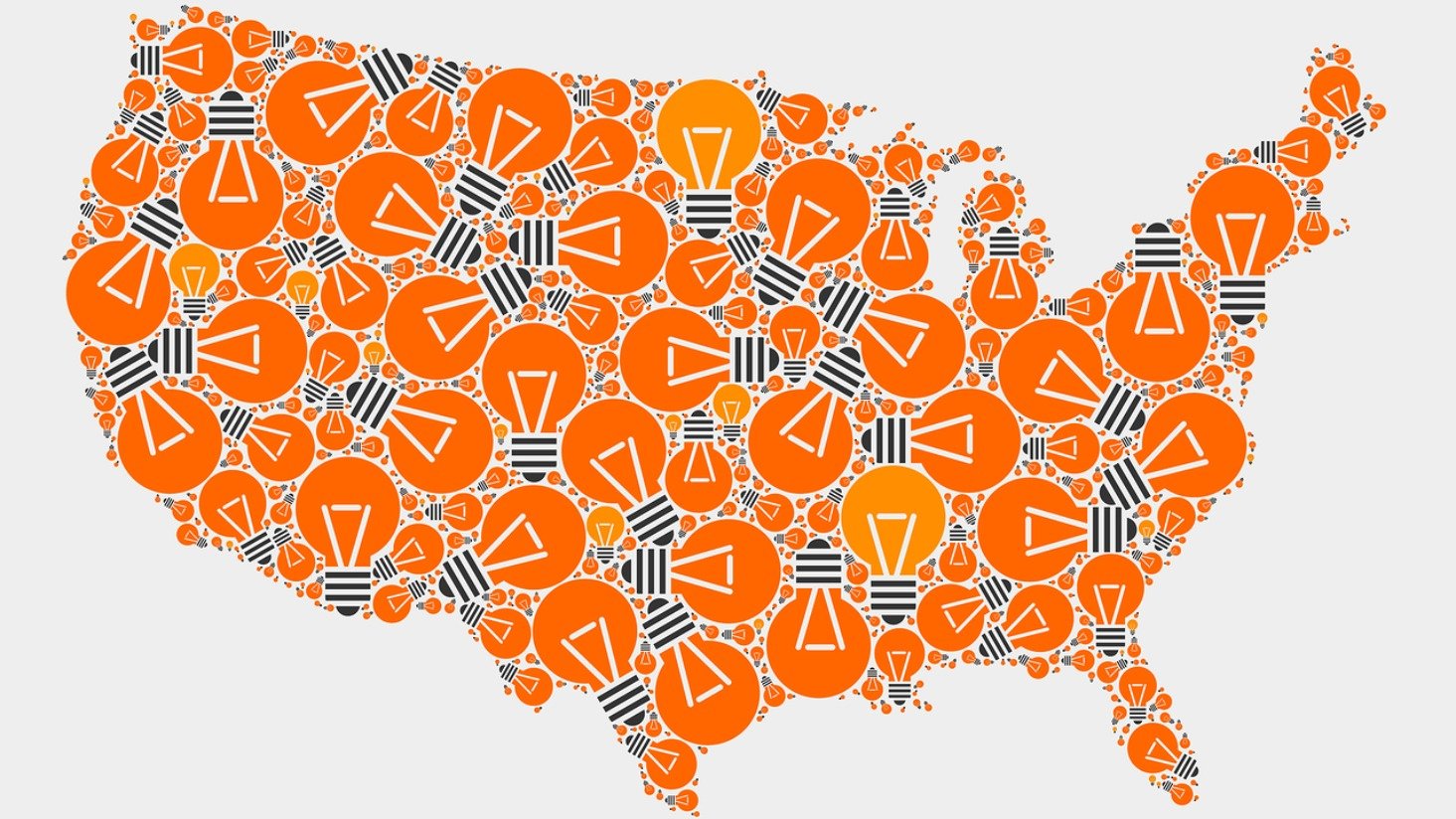How to read a light bulb part number: compact fluorescent bulbs (CFLs)
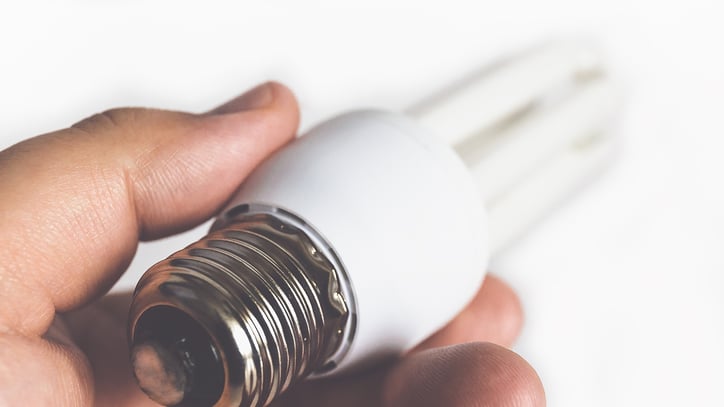
Lighting manufacturers speak different dialects of the same language: part numbers. The point of our part number series is to help you to better understand what all of those characters on your light bulb mean, so you can accurately and easily order replacement products.
Understanding part numbers
CFL part numbers are still important, and probably will be for the next five years, even if it’s for the explicit purpose of knowing how to replace your current stock of CFLs with a comparable LED product.
Let's dive in to how to read a CFL part number.
Read more: What are CFL bulbs and where should they be used?
Breaking down CFL part numbers
Let's start with the part number of a common CFL bulb:
CF32DT/830/ECO
Now, we'll break it up to show you what each section corresponds to:
CF32DT – The first section in the part number tells us the shape and wattage of the lamp. There can be some manufacturer nuances in this section.
830 – The second section in the part number tells us the CRI series and Kelvin temperature of the tube. There can be manufacturer nuances in this section.
ECO – In the industry, we call this final section the "description." And there can be multiple descriptions or none at all. But these descriptions are different from manufacturer to manufacturer.
Shape and wattage in fluorescent part numbers
There are two main types of CFLs: the CFL retrofits that have an integrated ballast, and the CFL plug-ins that have a non-integrated ballast.
The shape and wattage for CFL retrofits will usually look very similar to the incandescent part number designation.
CFL plug-in part numbers are similar to linear fluorescents, as they are abbreviated differently by each of the big three manufacturers.
Here is a chart to help break down the lamp shapes according to the manufacturer:
| Lamp | Philips | Sylvania | GE |
| Single tube - 2 pins | PL-S_W/8_ | CF_DS/8_ | F_BX/SPX_ |
| Double tube - 2 pins | PL-C_W/8_ | CF_DD/8_ | F_DBX/SPX_ |
| Double tube - 4 pins | PL-C_W/8_4P | CF_DD/E/8_ | F_DBX/SPX_/4P |
| Triple tube - 4 pins | PL-T_W/8_/4P | CF_DT/E/IN/8_ | F_TBX/SPX_/4P |
| Long twin tube - 4 pins | PL-L_W/8_ | FT_DL/8_ | F_BX/SPX_ |
The underscore blanks in the chart above are spaces for the manufacturer to input the wattage and Kelvin temperature, or color temperature, of the CFL bulb.
CRI in compact fluorescent part numbers
Each major manufacturer seems to designate their CRI series differently.
Here's a breakdown:
| CRI Series | Philips | Sylvania | GE |
| 800 Series | 8_ | 8_ | SPX_ |
The CRI series is paired with a number that represents the Kelvin temperature, or color temperature, of the tube.
All CFLs come in 800 series CRI. Both Sylvania and Philips notate the 800 series with the number "8," whereas GE notates it with their CRI designation, SPX, which they also use for their linear fluorescent products.
If it is a GE 3500 Kelvin, the part number will read SPX35. Crossing that to either Philips or Sylvania will turn into 835.
To learn more about CRI and how it impacts your lighting, check out our Guide to CRI and CCT.
Descriptions in CFL part numbers
The description at the end of the part number gives us extra information about the bulb, like if it’s energy efficient, low mercury, etc.
Here is a list of common descriptions you’ll see at the end of part numbers:
RS – Rapid Start
HO – High Output
VHO – Very High Output
ECO – Low Mercury (Sylvania & GE)
ALTO – Low Mercury (Philips)
SS – Super Saver (Sylvania)
EW – Econo Watt (Philips)
WM – Watt Miser (GE)
ADV – Energy Advantage (Philips)
XPS – Extended Performance (Sylvania)
If this sounded like a bunch of gibberish to you, that’s okay. We take the time to really understand the complexities of part numbers in order to make your job simpler and easier.
What does it mean to 'make lighting easier'? 10 ways Regency simplifies lighting for customers
There’s no need for you to check the best price point of every single possible part number for a certain bulb. Let us do that.
